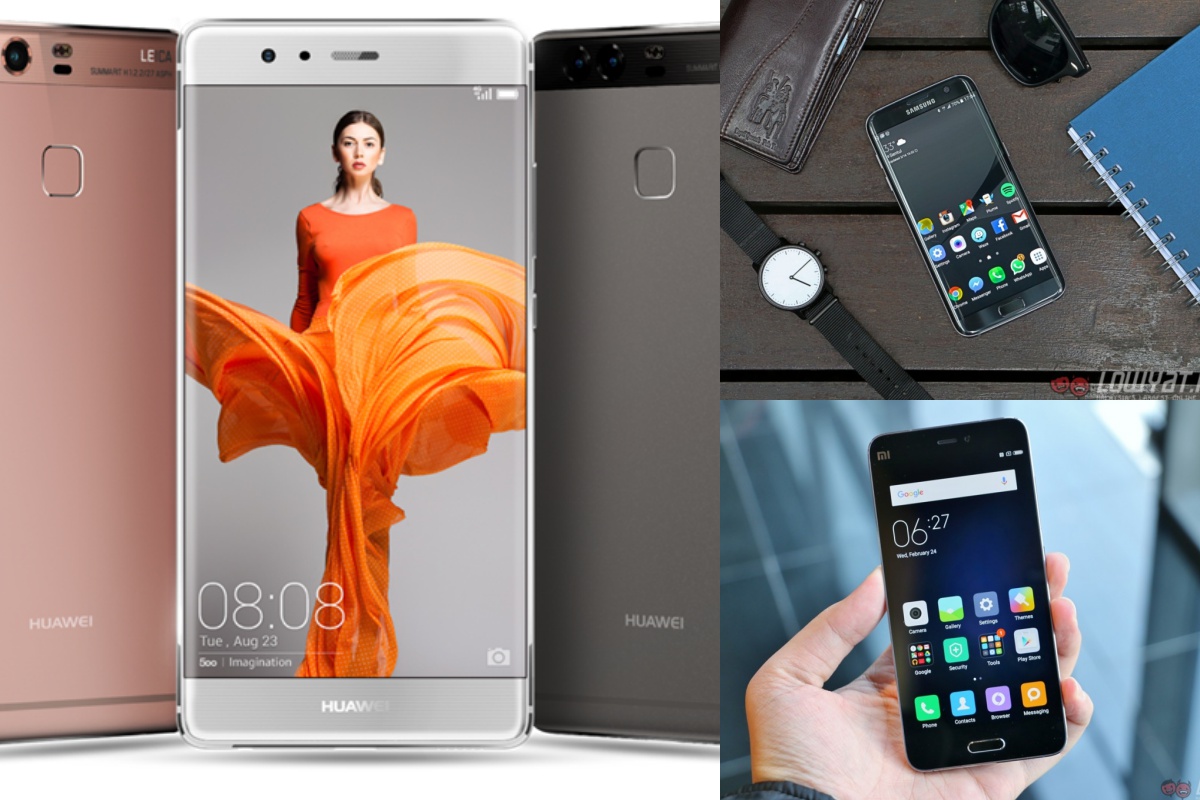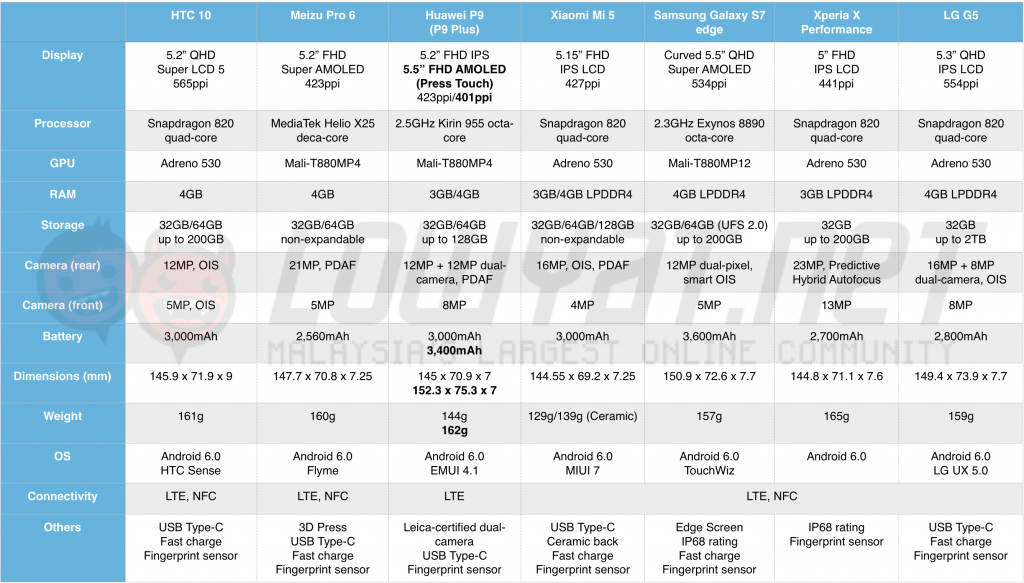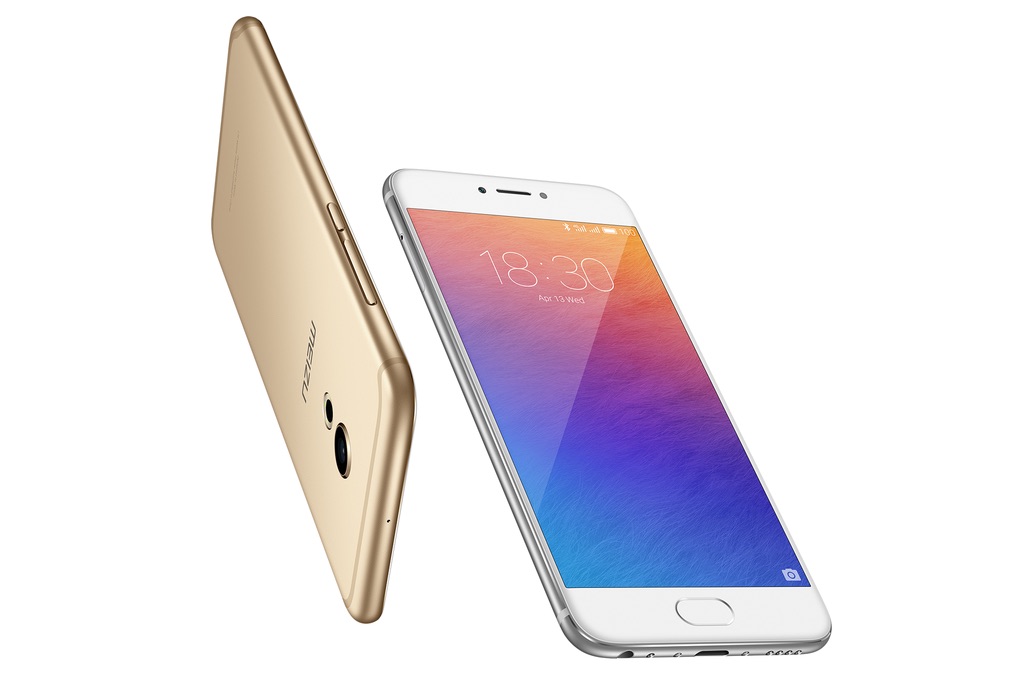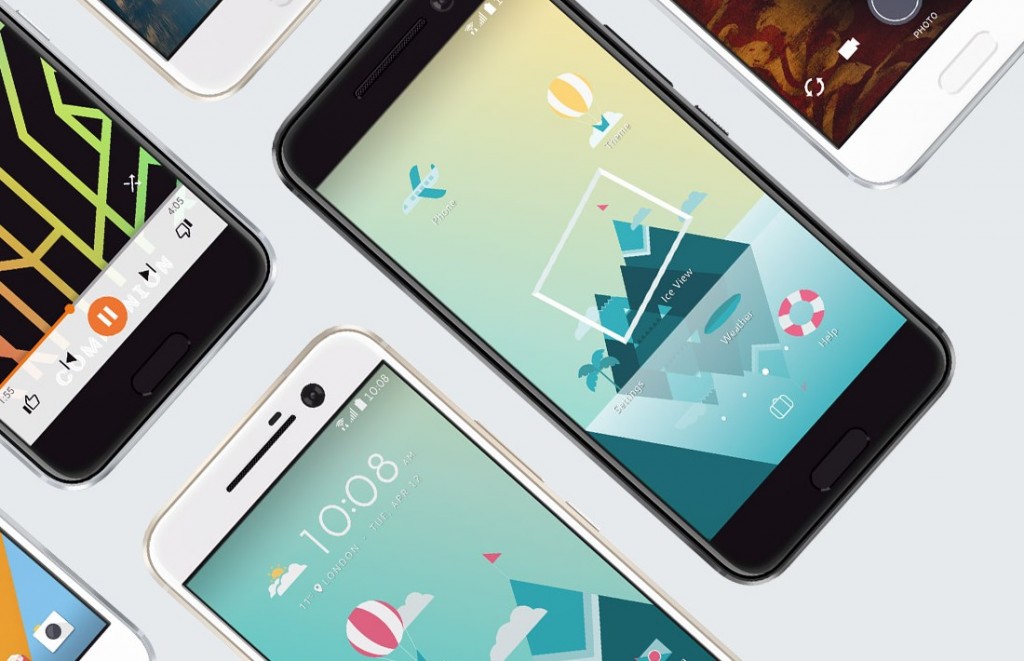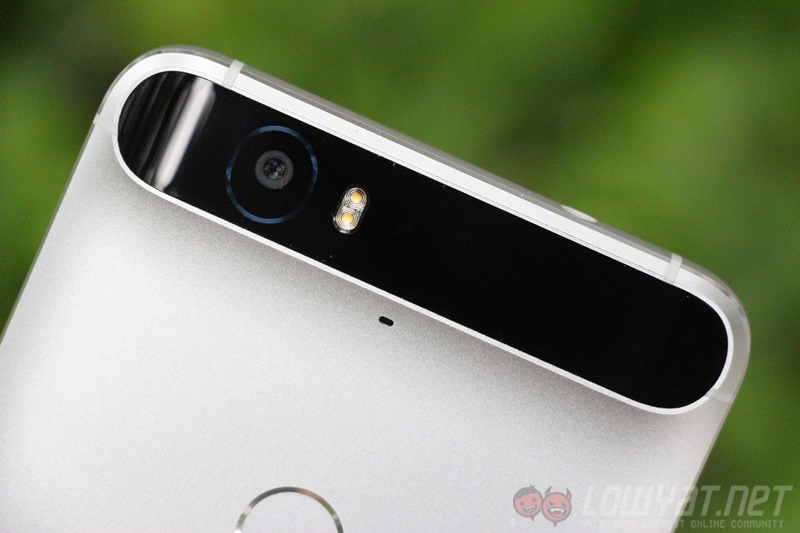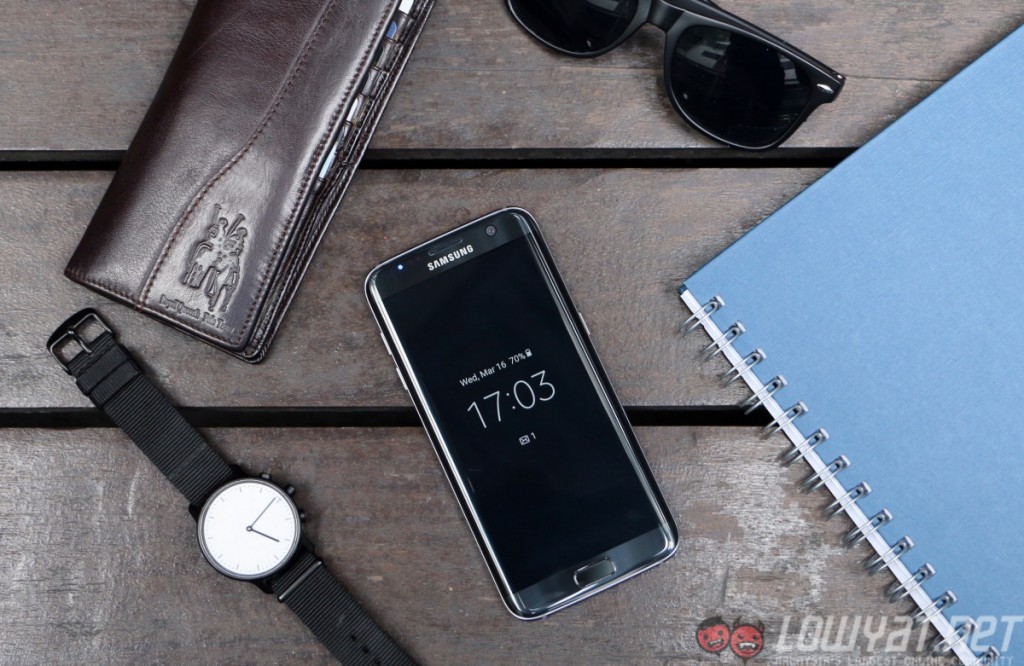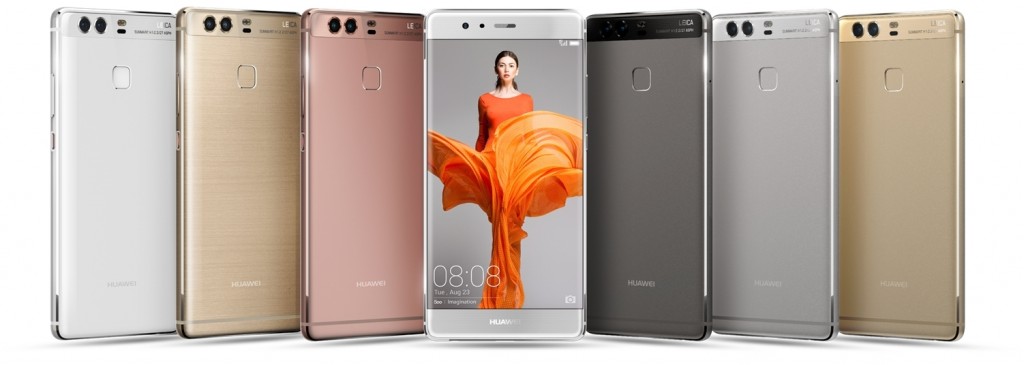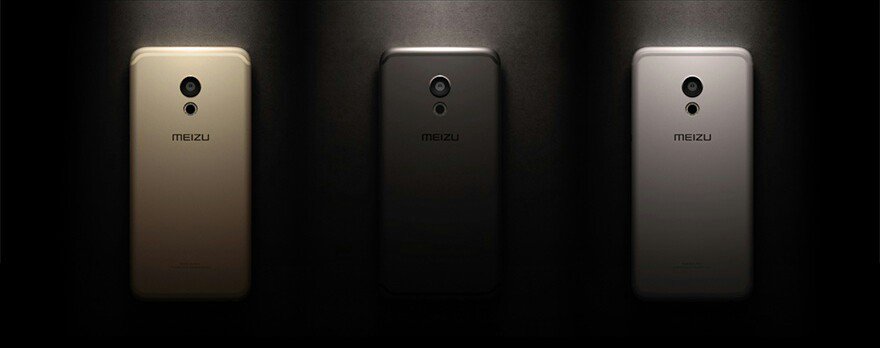This month alone, we see the introduction of multiple flagship devices. The Huawei P9 and P9 Plus were officially announced, and the HTC 10 and Meizu Pro 6 followed suit. To see just how these devices stack up to each other (and other high-end smartphones announced this year), we have come up with a new and updated spec sheet.
Huawei has built up a lot of anticipation for the P9 and P9 Plus; it’s evident that the Chinese company is very proud of these two smartphones. This is partly because the P9 and P9 Plus’ dual-camera setup was co-engineered by legendary camera manufacturer Leica; it was only back in late February when Huawei and Leica’s partnership was officially revealed.
https://www.youtube.com/watch?v=e4TXO49n0P8
While the unique camera setup of the P9 and P9 Plus is definitely one of the main selling points of these devices, their other hardware are quite appealing as well, but so are the other flagship devices announced so far this year. The table below should put things into perspective.
In terms of specifications, the P9 and P9 Plus are rather similar to Huawei’s other flagship smartphone, the Mate 8. At least, in terms of processing power. Packed with a HiSilicon Kirin 955 processor, the P9 and P9 Plus are essentially equipped with a higher-clocked Kirin 950, which should see a modest gain in processing power.
However, as AnTuTu’s ranking has revealed, the Kirin 950 processor is clearly outclassed by other high-end processors, such as Qualcomm’s Snapdragon 820 processor and Samsung’s Exynos 8890 chipset, which powers the Samsung Galaxy S7 and S7 edge. Chances are, the Kirin 955 isn’t as powerful as these processors, although it’s debatable how much benchmark scores really matter in real life usage.
Looking back at the table, the P9 Plus and the Meizu Pro 6 are the only two devices in the table that have a pressure-sensitive display; Huawei dubs the technology Press Touch, while Meizu calls it 3D Press. It’s worth noting that a similar technology was also equipped on the limited edition Huawei Mate S, although the device – as its name suggests – was not easy to come by. Hopefully, the P9 Plus and Pro 6 will see a wider availability, especially here in Malaysia.
And then we have the HTC 10. Based on early impressions of the device, many are saying that this is HTC’s best smartphone yet. The rear camera, for one, is a 12MP shooter with optical image stabilisation and an aperture of f/1.8. The front-facing shooter, on the other hand, has OIS as well. On paper, the HTC 10’s cameras sound very impressive, which explains why HTC calls them “world class cameras,” although they’re hardly “world first shooters.” After all, the Nexus 6P is packed with the same rear camera sensor.
Speaking of camera, it’s worth noting that the main focus of the P9 and P9 Plus is the unique “Leica-certified” dual-camera setup. Hence, it’s only fair to compare these smartphones against one of the best mobile shooters in the market now: the Samsung Galaxy S7 edge. On paper, it appears the S7 duo have better autofocus speeds, thanks to the dual-pixel camera sensor. On top of that, the P9 and P9 Plus – along with the Meizu Pro 6 – also lack any form of optical image stabilisation, which is featured on the S7 edge.
That being said, Huawei is very confident of the P9 and P9 Plus’ unique camera setup: it consists of a standard 12MP sensor that is complemented by a 12MP black-and-white sensor. According to Huawei, this dual-camera can supposedly capture more light than a conventional shooter, which should result in some great-looking shots. This is actually promising, especially when we look at the sample images taken with the P9 and P9 Plus.
Without a doubt this year’s lineup of flagship smartphones are very interesting. Each of them bring something unique to the table, and all of them have a capable processor (although some are better than the others). Unfortunately, many of these devices have not even been launched here yet. Until then, this spec sheet is a good gauge of how these smartphones compare to each other.
Follow us on Instagram, Facebook, Twitter or Telegram for more updates and breaking news.

